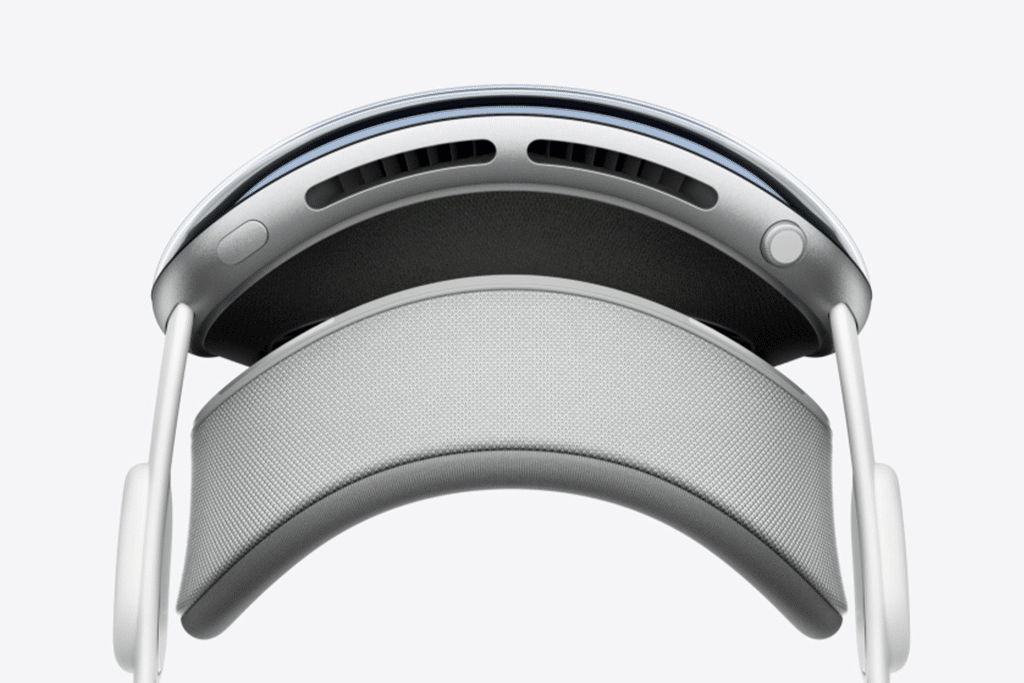Apple is set to expand its library of immersive video content for Apple TV and Vision Pro, supported by a new production process that significantly reduces filming and post-production complexity. The company confirmed that its updated workflow allows for faster turnaround times, higher visual consistency, and broader creative flexibility across original titles.
According to Apple, the new system standardizes how immersive content is captured and processed for its headset ecosystem. It integrates proprietary camera arrays, refined spatial audio recording methods, and optimized stitching software, all of which streamline the once time-intensive stages of creating 180-degree, high-resolution video experiences.
A Scalable Workflow for Immersive Content
Apple’s immersive videos were first introduced alongside Vision Pro, featuring experiences like Prehistoric Planet Immersive, Wild Life, and Adventure. The latest improvements aim to make that catalog easier to expand while maintaining cinematic quality.
By refining its hardware and software pipelines, Apple has cut the time needed to complete immersive sequences, enabling production teams to deliver content faster for both entertainment and educational experiences. The process is also designed to ensure compatibility across future Apple headsets and other devices that support spatial playback.
The company says its goal is to make immersive storytelling accessible to a wider range of creators. Production crews can now capture stereoscopic 3D footage using compact rigs developed in-house, reducing setup complexity while achieving greater precision in image alignment and depth mapping.
Enhancing Vision Pro’s Immersive Library
The streamlined workflow supports Apple’s broader strategy to grow Vision Pro’s content offerings, which include documentaries, live events, and music performances filmed in 3D. Apple TV will serve as the primary platform for distribution, giving subscribers access to immersive versions of select titles alongside traditional 2D streams.
Apple’s in-house creative teams, including Apple Studios and Apple Immersive Video, are expanding collaboration with external production partners to develop content designed specifically for spatial viewing.
This strategy reflects Apple’s long-term vision of merging cinematic storytelling with mixed-reality experiences. The company has continued to refine its proprietary Apple Immersive Video format, which delivers 8K resolution per eye, spatial audio, and dynamic motion synchronization optimized for the Vision Pro’s hardware.
Tools and Technology Behind the Expansion
The updated production process is built on custom Apple camera technology that records ultra-high-resolution 3D video with synchronized spatial sound. The workflow integrates machine learning tools for image stabilization, automatic color grading, and real-time depth correction, enabling editors to produce immersive content with less manual calibration.
In addition to film and TV productions, Apple’s new workflow is expected to support educational and sports content, including live broadcasts optimized for spatial playback. The company has been testing the system in select Apple TV+ series and promotional footage since mid-2025.
Apple’s approach aims to set an industry standard for spatial storytelling by combining professional-grade hardware with software automation that preserves creative intent while reducing technical overhead.
A Growing Role for Vision Pro in Apple’s Media Strategy
The expansion of immersive video underscores the growing importance of Vision Pro within Apple’s entertainment ecosystem. As the headset becomes available in more countries, Apple is scaling both production capacity and its partnerships with studios to ensure a steady flow of original content.
New titles leveraging the updated workflow are expected to appear on Apple TV in early 2026, coinciding with Vision Pro’s broader international rollout. Apple’s emphasis on streamlined production suggests a shift from experimental releases to a sustainable, scalable model for immersive content creation.
The company’s latest advancements position immersive video as a defining part of its future media strategy — one that blends cutting-edge technology with cinematic storytelling across devices and formats.
